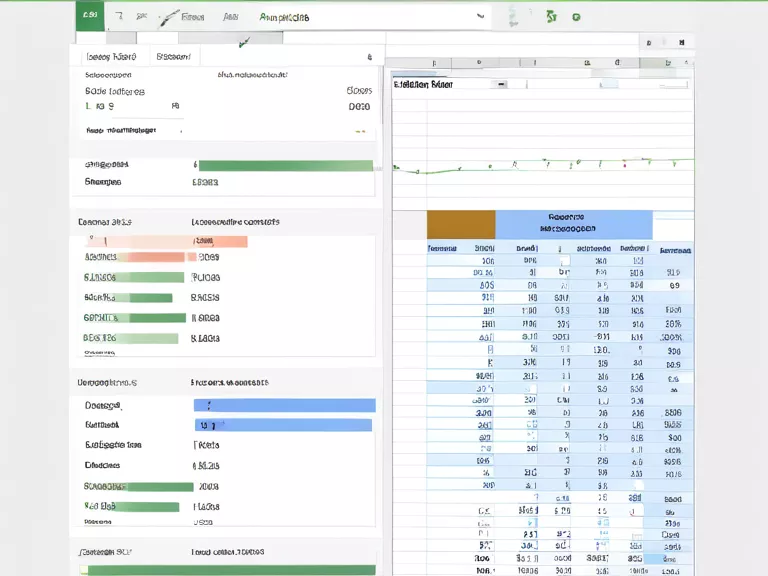
Best Practices for Version Control in Software Development
Version control is essential for software development to manage changes, track revisions, and collaborate effectively. Follow these best practices to optimize version control in your development workflow.
Use a Version Control System: Choose a reliable version control system like Git, Mercurial, or Subversion to track changes, maintain history, and facilitate collaboration among team members.
Create Branches for Development: Utilize branching strategies to work on features, bug fixes, or experiments without disrupting the main codebase. Merge changes back into the main branch once they are stable.
Commit Frequently: Make small, incremental commits with meaningful messages to document changes and make it easier to track the evolution of the codebase. Avoid committing large, unrelated changes together.
Use Descriptive Commit Messages: Write clear and descriptive commit messages that explain the purpose of the changes, their impact, and any relevant context. This helps team members understand the reasoning behind each change.
Collaborate with Pull Requests: Encourage code reviews and collaboration through pull requests or merge requests. Review code changes, provide feedback, and ensure code quality before merging changes into the main branch.
Automate Testing and Deployment: Integrate automated testing and deployment processes into your version control workflow to ensure code quality, catch errors early, and streamline the deployment process.
Document Changes and Releases: Maintain a detailed changelog to document major changes, enhancements, and bug fixes in each release. Communicate changes to stakeholders and users to keep them informed.
By following these best practices for version control in software development, you can streamline collaboration, track changes effectively, and maintain code quality in your projects.



